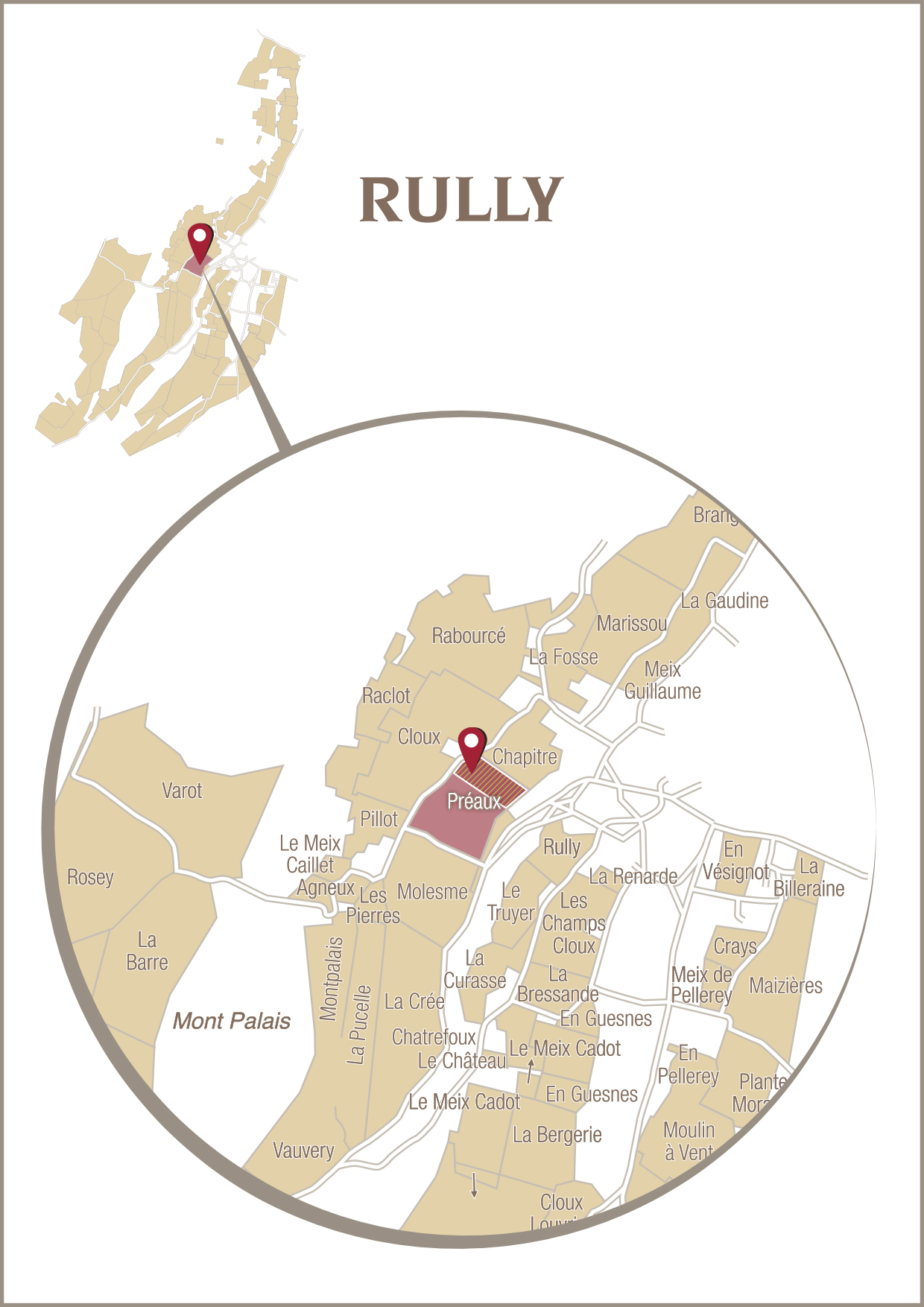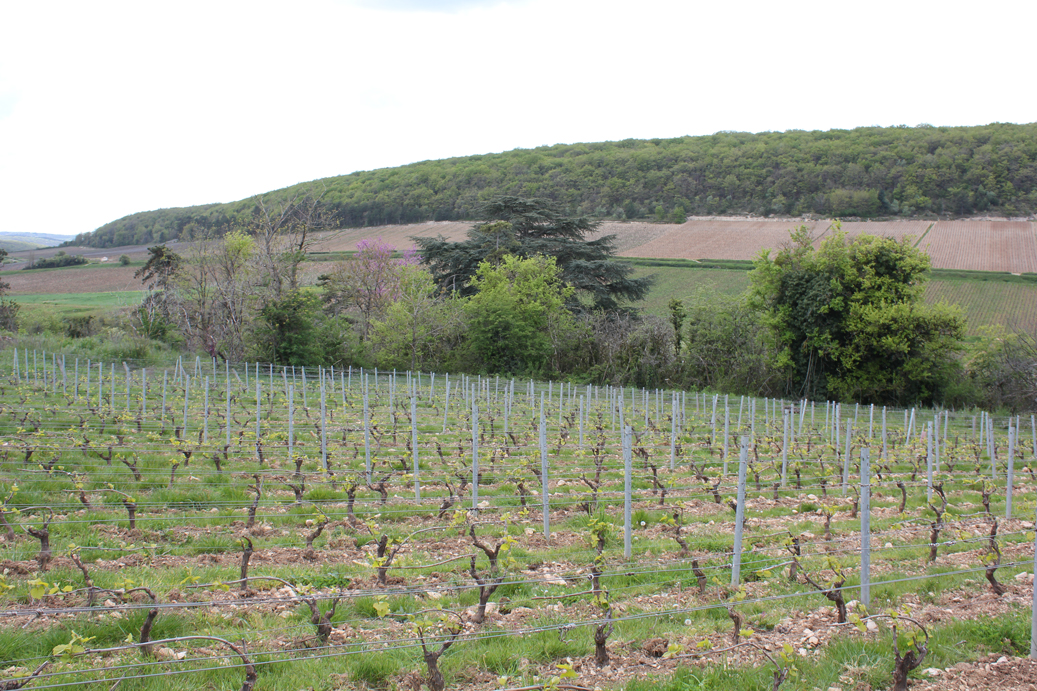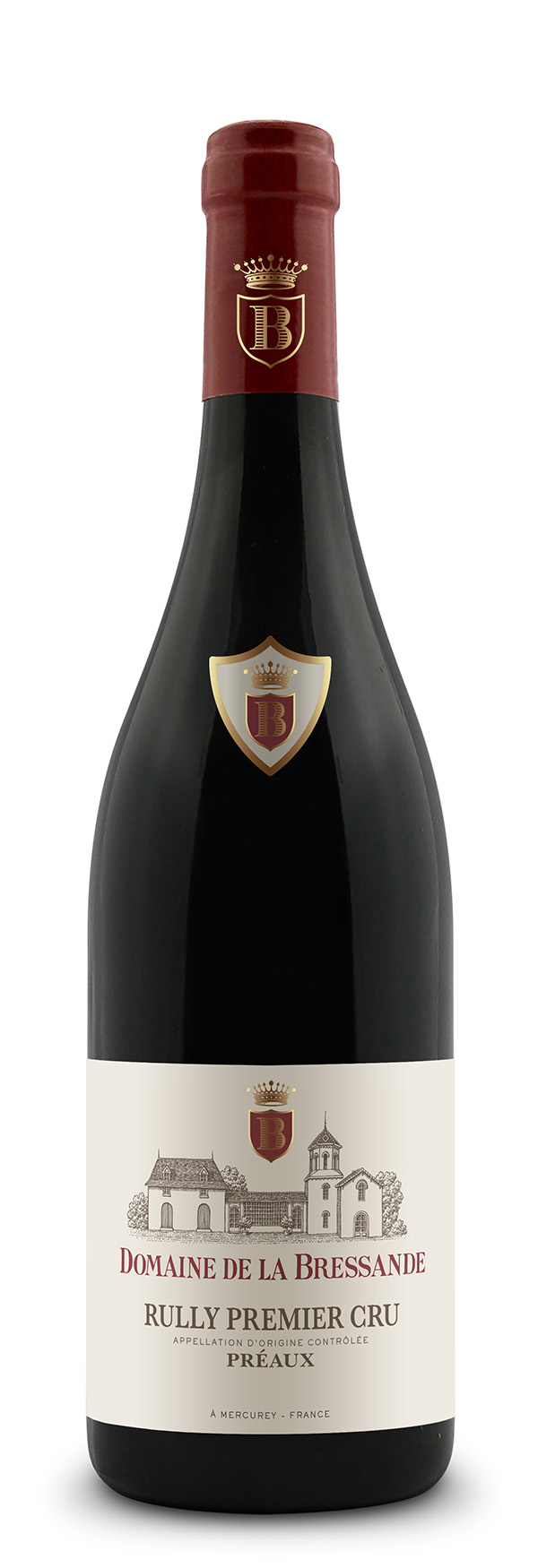RULLY PREMIER CRU
PRÉAUX 2021
Grape Variety
100% Pinot Noir. The king grape variety of Red Burgundies.
Tasting notes
Colour: Beautiful, brilliant ruby red colour.
Nose: Peppery, floral aromas and marked notes of blackcurrant
Palate: A wine full of finesse and freshness. The attack is floral, powerful with, again, very present aromas of spices and blackcurrant.
Food and wine pairing
This wine will be the perfect companion to cooked meat, white and red meats such as a rack of lamb, pork tenderloin, entrecote steak, or a plate of French cheeses.
Serving suggestions
Serve ideally between 15°C and 16°C (59-61 °F).
Ageing potential
Already very pleasant, this wine can be kept for up to 5 or 6 years after its vintage, in the cellar.
Origin
Grapes were handpicked and carefully sorted, then carried in 16 kg boxes to protect them from crush and compaction.
After being sorted again on the table at their arrival at the winery, the grapes were placed in vats for maceration during 14 to 16 days. Then a cold pre-fermentation stage came for 24 hours and the start of the vinification for around 10 to 14 days.
The vinification continued in thermo-regulated concrete vats with daily pumping over and very few pigeages (cap punching placed at the beginning of fermentation).
Then, the wine was aged for 8 months in oak barrels with 25% new oak.
Light filtration before bottling.In the heart of the Côte Chalonnaise, in Burgundy, Rully is a village appellation including 23 climates classified as Premier Cru.
The whites extend over 246 Hectares (68 Ha in Premier Cru) and the reds 121 Ha (28 Ha in Premier Cru).
"Preaux" could be originated from the word "pria" which means "field with watering hole" ("pré avec un point d'eau").
Terroir
- Vineyard area : 1,50 ha (2.50 acres)
- Vines age : 53 ans
- Soil : Stony, limestone brown soil.
Vinification and maturing
Harvest took place on September 2021, the 23th in the parcel.
Grapes were handpicked and carefully sorted, then carried in 16 kg boxes to protect them from crush and compaction.
After being sorted again on the table at their arrival at the winery, the grapes were placed in vats for maceration during 14 to 16 days. Then a cold pre-fermentation stage came for 24 hours and the start of the vinification for around 10 to 14 days.
The vinification continued in thermo-regulated concrete vats with daily pumping over and very few pigeages (cap punching placed at the beginning of fermentation).
Then, the wine was aged for 8 months in oak barrels with 25% new oak.
Light filtration before bottling.
Vintage : 2021
Nature certainly set a challenge for the winegrower and the winemaker with this vintage.
It began with very warm temperatures at the end of February which led to an early bud break.
The historic frost in April then destroyed young shoots that had emerged too early, significantly affecting the future harvest. Changing weather continued to characterize the vintage through to the harvests.
There were spells of rain from May to mid-August, obliging winegrowers to be constantly on the alert. The only periods of relative calm were during flowering, which took place in good conditions for the formation of the future fruit, and the véraison (colour change), which benefited from the return of the sun from mid-August.
The vagaries of the weather contributed to the development of outbreaks of disease, which were contained thanks to the tireless efforts of our winegrowers. In spite of this, considerable sacrifices had to be made to ensure a high level of quality, and rigorous sorting of the fruit in the vineyard and on arrival at the winery was necessary.
This vintage also required a major technical effort. The vinifications had to be carried out with meticulous attention and precision with a particular care over the extraction of colouring matter, the balance of the structure and the aromatic expression of the red wines, and of the freshness, balance of acidity and aromatic potential of the white wines.


